Passionate People. Powerful Solutions.
Generator Servicing
Keep your power running as it should. Comprehensive servicing for fuel-driven generators, no matter the make or model.
- Services on any generator model
- All spares in stock at Pleavin Power HQ
- Detailed level of service
How Can We Help?
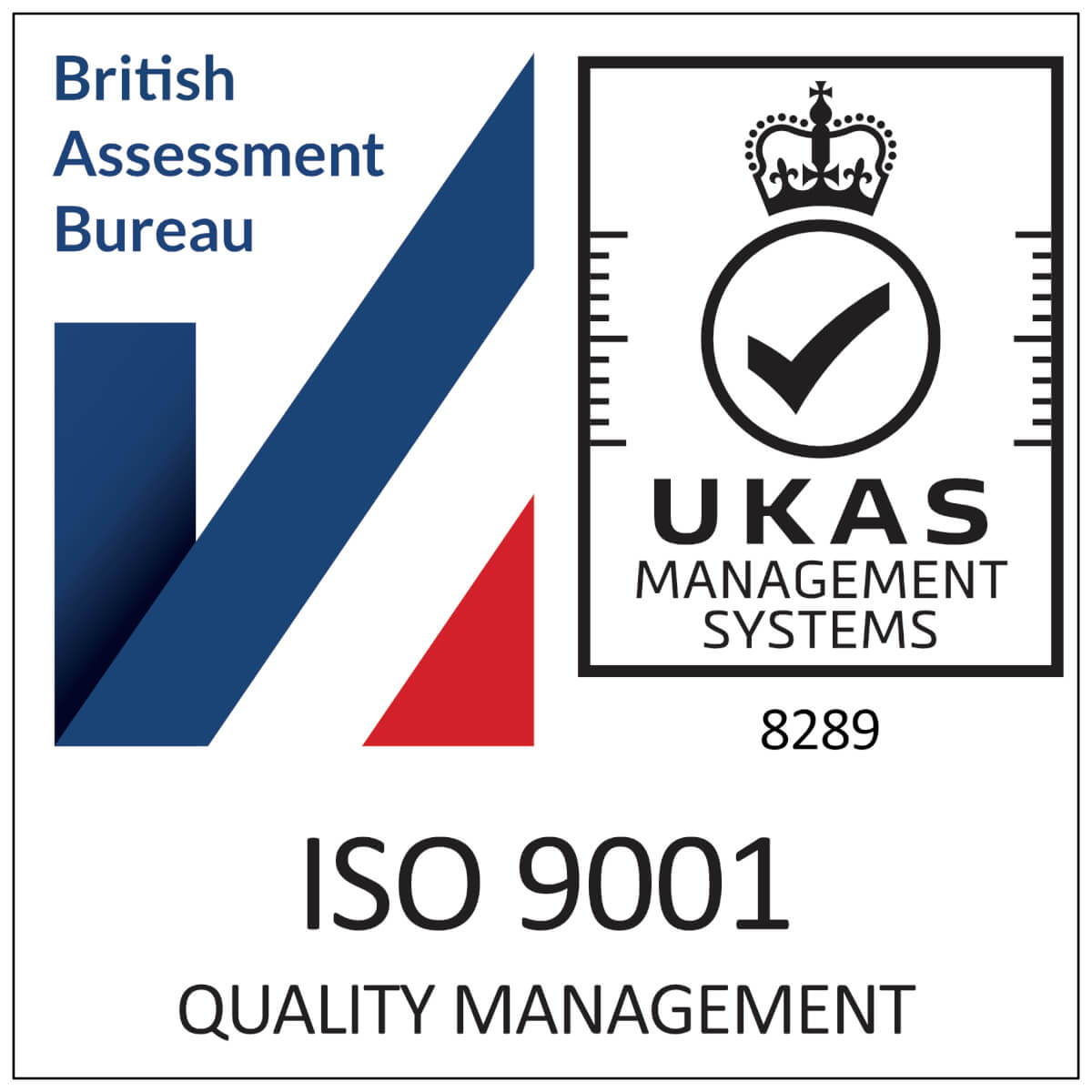
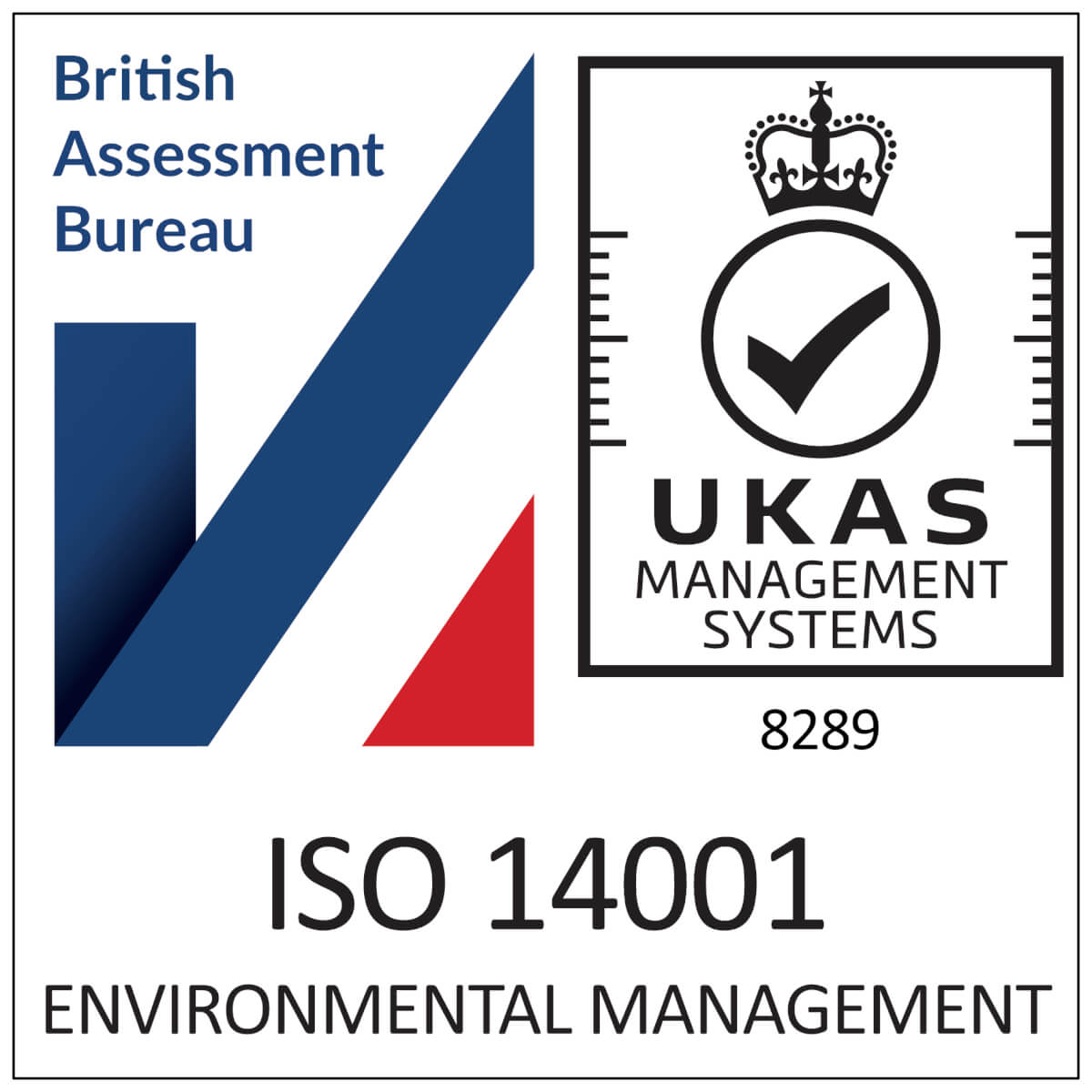
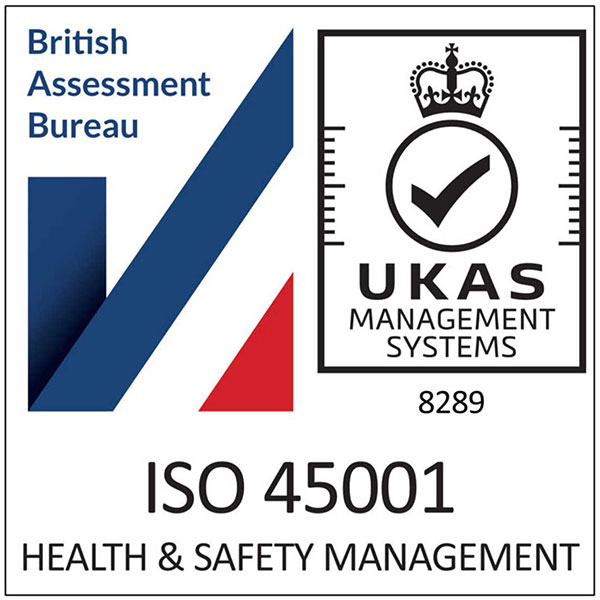
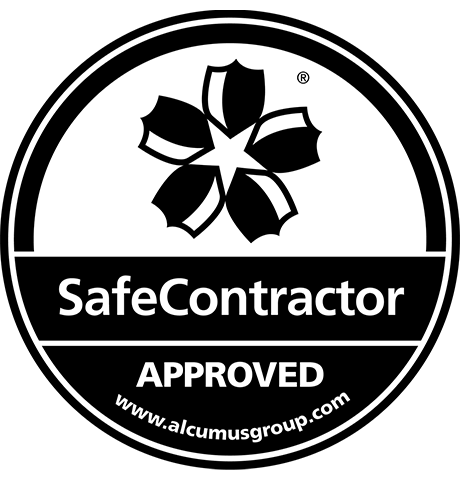



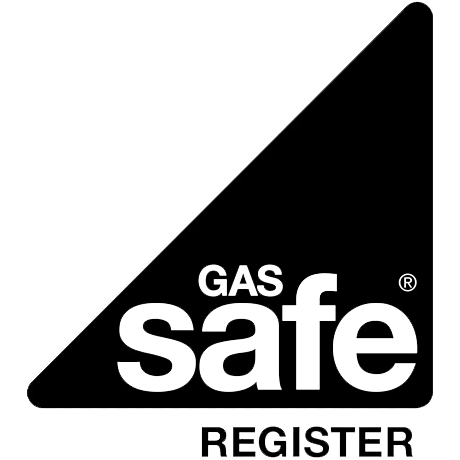
What’s Involved In A Generator Service?
A generator service involves a thorough inspection and maintenance of all critical components to maximise performance and longevity. Steps include:
- The control panel is tested to ensure all operations are running smoothly.
- Fluid levels are checked and sampled.
- Fluids are replaced every 500 hours of operation or every three years, whichever occurs first.
- Engine valve lash adjustment occurs at the initial 250 hours of operation and every 500 hours.
- Replacement Fuel, oil, air, and auxiliary system filters at least every six months.
- Adjustment or replacement of drive, Auxiliary and fan belts every three years.
- Replacement of engine thermostats and seals every three years.
- Testing of battery CCA, charge rate and capacity.
- Integrity check of the auxiliary fuel system, fuel storage, and operation.
- Control system inspection, connection check and functional operation.
- Mechanical guards, fixings and systems are checked.
- Load-bank test to achieve at least 80% of the rated load for four hours.
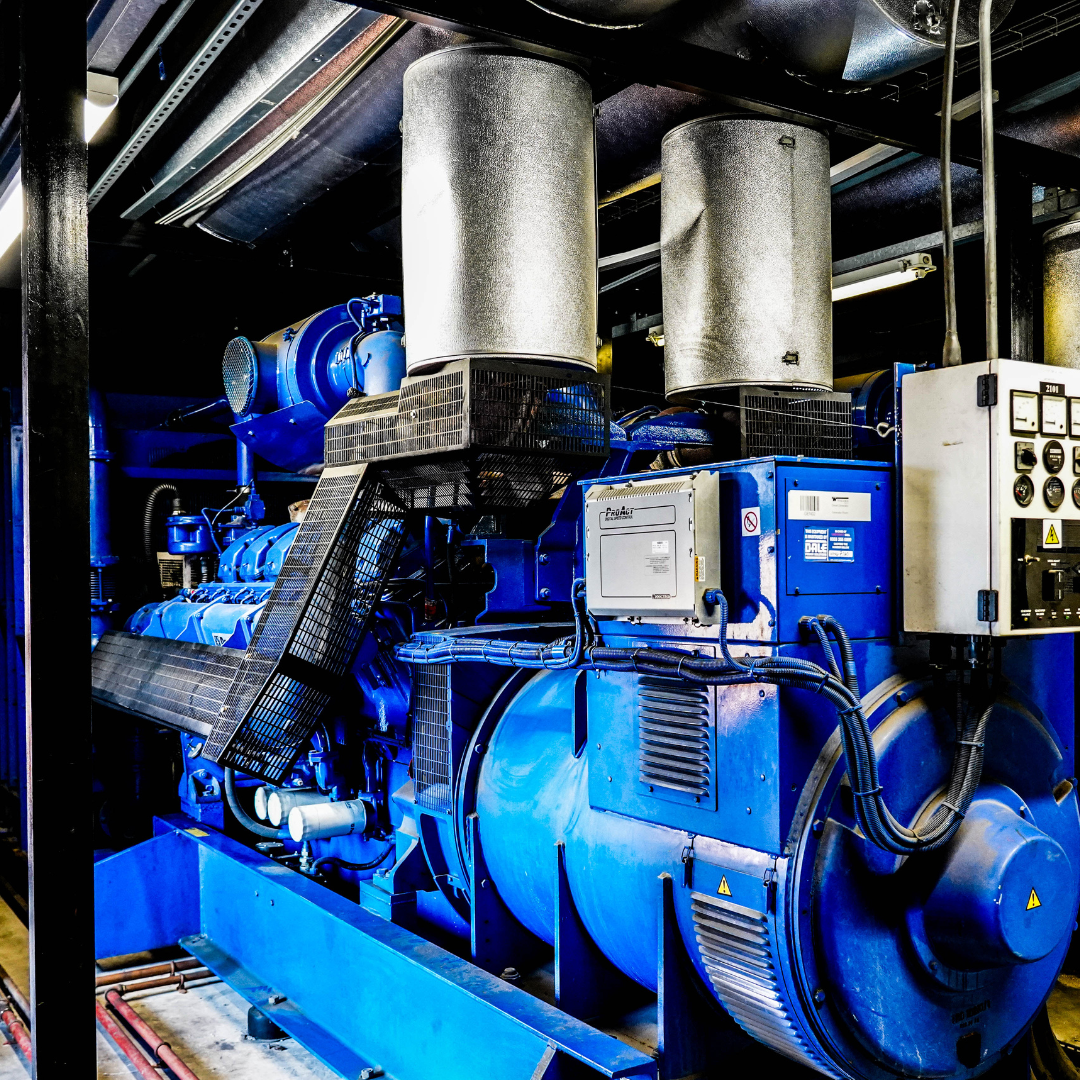
How Often Should A Generator Be Serviced?
The frequency of generator servicing depends on usage and the manufacturer’s recommendations, but regular maintenance and servicing is vital to prevent unexpected failures.
Services

We offer a cost-effective generator servicing and maintenance services all across the UK.

For many businesses, the cost of going offline, even temporarily, can be detrimental. Emergency power supply is crucial.

Short-term or long-term – no matter what you need, our experienced team can handle the logistics.
Minor (Standby) Generator Service
Generally recommended every 6 months or 250 operating hours, a minor service focuses on essential checks such as:
- Exhaust systems
- Fuel systems
- Lubricating systems
- Cooling systems and air intake
- Control panels
- Measuring instruments
- Electrical systems in the engine
- Other general engine maintenance
These services, offered every six months, also includes checking components such as spark plugs across the generator.
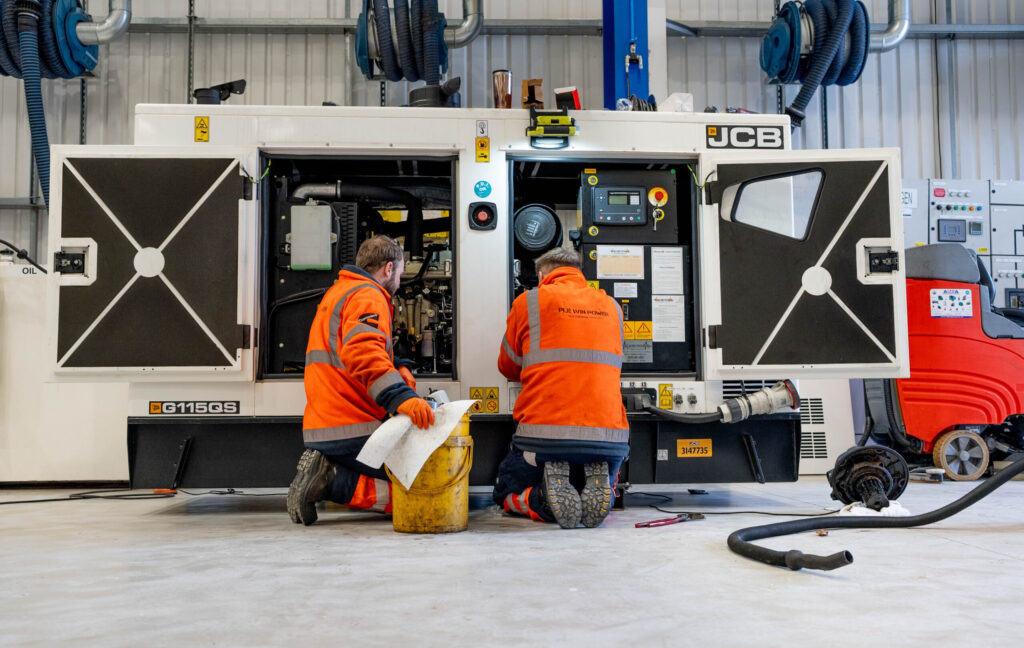
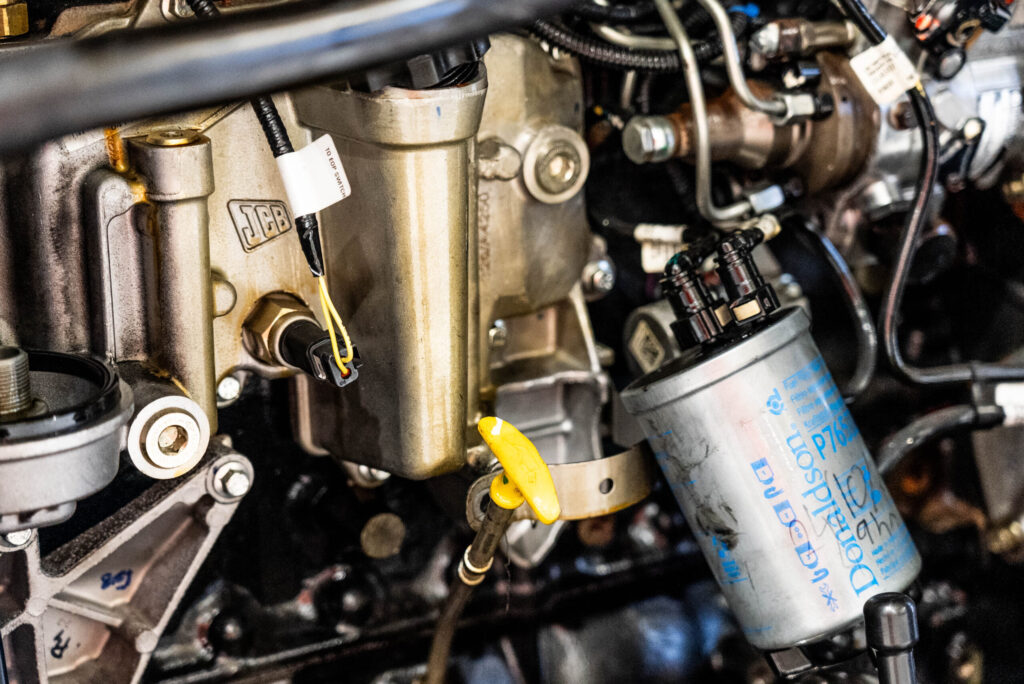
Major Generator Service
Major Service: Typically carried out annually or after 1,000 operating hours, a major service involves:
- Electrical systems in the engine
- Fuel systems
- Lubricating systems
- Cooling systems and air intake
- Exhaust systems
- Control panels
- Measuring instruments
- Alternator
- Other general engine maintenance
These are ideal for infrastructure using prime power generator services on-site, as well as for those with more intensive power needs to help maintain long-term service.
What Is Generator Maintenance?
Generator maintenance goes beyond servicing; it’s a proactive approach to preserving your equipment’s performance over time. This includes routine inspections, preventive care and addressing needed generator repairs before they lead to downtime.
Maintenance tasks typically involve:
- Regular oil and filter changes to keep the engine running smoothly.
- Cleaning and replacing air filters for optimal combustion.
- Inspecting belts, hoses, and seals for wear and damage.
- Ensuring the control system is calibrated and functioning correctly.
- Monitoring and managing fuel quality to prevent contamination.
Proper generator maintenance extends your system’s lifespan, reduces unexpected breakdowns, and ensures peak performance in critical moments.
Case Studies
Global Rotating Machinery Repair Test Cell
We developed a bespoke package and remote access system for a global leading organisation.
Generator Restoration Project
A significant new nationwide agreement presented our company with the opportunity to provide top-quality maintenance services
VeloxServ
VeloxServ, an independent UK Data Centre & Server Hosting company, found themselves facing significant challenges with their previous critical power provider.





